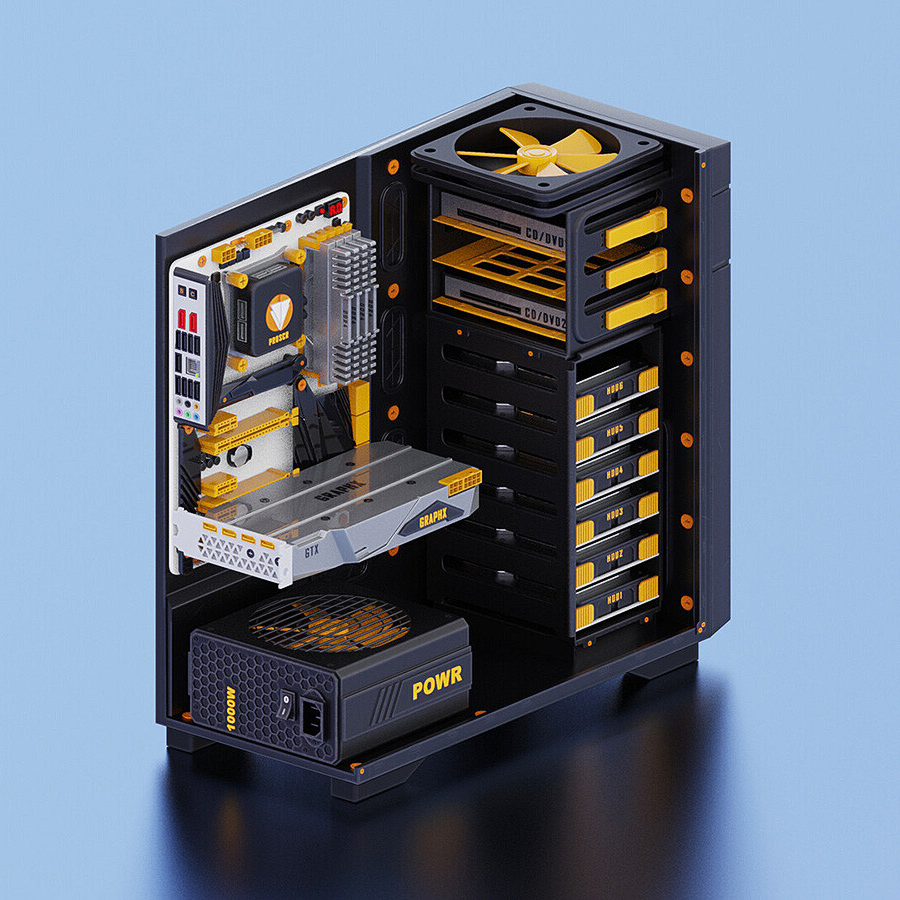I’m saving up to get a 5700X3D around Christmas, upgrading from a 5600G, but I want to make sure I prepare properly before I do the swap.
The RAM I bought couldn’t match the C18 @ 4000 M/Ts advertised and still remain stable, but I managed to manually overclock to C16 @ 3666. Should I drop to JDEC specs before I upgrade, or is it a non-issue?


You’re going from a monolithic die CPU to a standard chiplet config. Whilst your current profile doesn’t sound too demanding, I think the IMC behaviour here will be quite different.
You may have to gear down slightly or tweak your primary timings a little.
(Sorry for the late reply. My instance had fallen behind yours until recently.)
Yeah, that was kind of my suspicion. I pretty much only did primary and secondary timings, but I did raise the Infinity Fabric to 1967, so there’s definitely some changes that could affect the IMC.
This was my first PC build, so it will be my first CPU upgrade, and I have no paradigm of what to expect! Sounds like I might just have to back up the timings and drop to JDEC for the upgrade. And who knows? Maybe the new CPU will be able to support the XMP from the manufacturer.
Thanks!
No problem bubs.
I think a reasonable assumption to make is that silicon quality improves as a process matures; a later batch Vermeer X CPU (like the 58/5700 X3D) may perform in some ways above and beyond it’s original spec.
With that said, I feel it’s unlikely to reach your kit’s profile (anything north of 1900 running stable on the fclk for an am4 chiplet CPU is practically unheard of) but I’d be interested in how the testing goes, since I’ve not tried to tune on a new AM4 system in some time now.
If you’re able to identify the exact memory ICs in your kit, you may have some better expectations; f what primary and secondary timings would work best. The only way I’ve been able to do this in the past is by looking up the memory kit part model or using janky, windows specific software called thaiphoon burner (which isn’t always accurate in any case).
I’m pretty sure they’re Hynix C-bin. About middle of the road, as far as OC’ing goes. Unfortunately, not Samsung B’s, so I can’t really push these too far (and there’s a manufacturing flaw in my mobo that causes the CPU temp sensor to freeze if mem voltage is too high).
That’s fine bubs, we can try for something like 3600 CL18, maybe hit 3800 at the same CAS latency?
The neat thing about the X3D parts is that higher frequency, low latency memory is less critical to application performance. I think you’ll be fine perf wise if you scale back a bit.